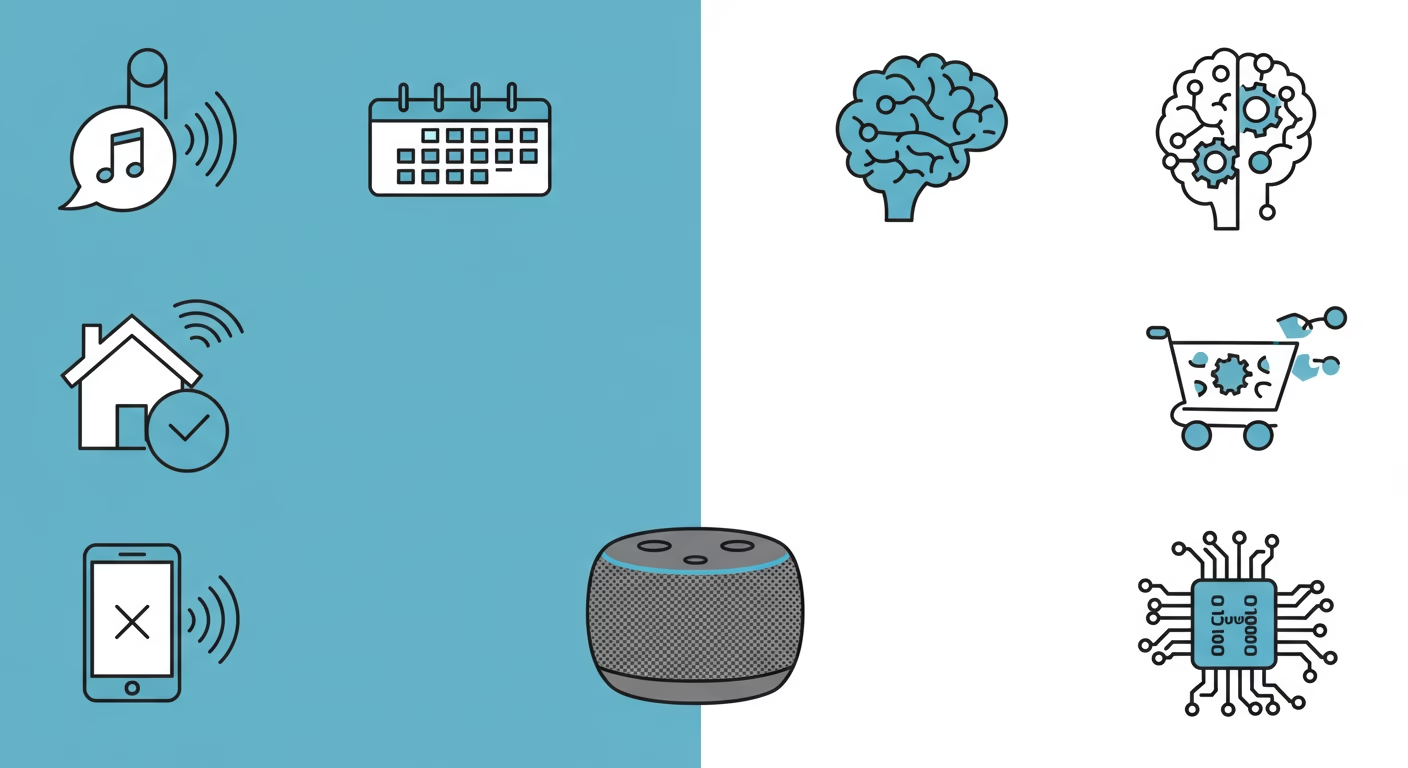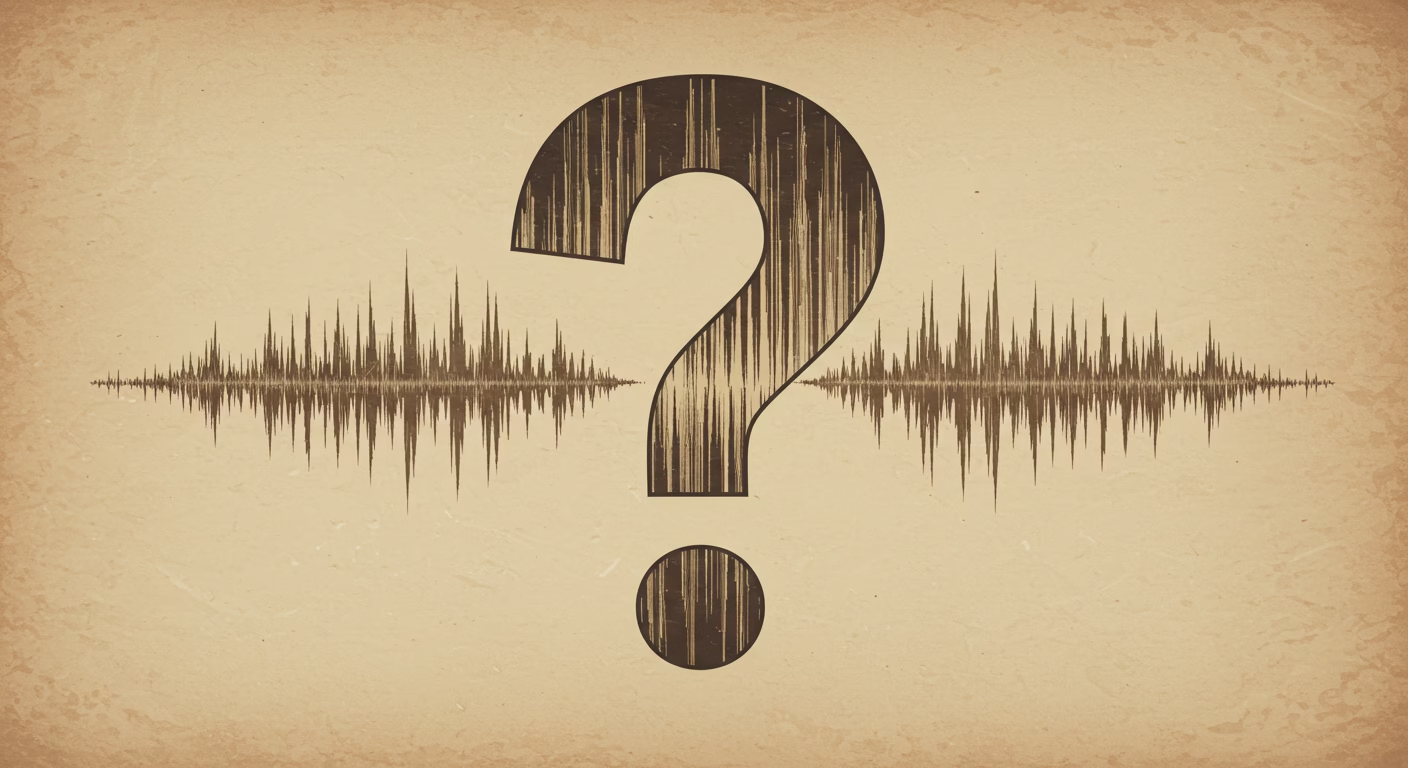Voice assistants have seamlessly integrated into our daily lives, transforming how we interact with technology. From setting alarms and playing music to answering complex questions and controlling smart home devices, these digital helpers offer a hands-free, conversational interface that feels increasingly natural. But how far have they come, and what are the boundaries of their abilities? Let’s delve into the fascinating world of voice assistant capabilities and their inherent limitations.
The Expanding Capabilities of Voice Assistants
Modern voice assistants are powered by sophisticated technologies like speech recognition, natural language processing (NLP), and machine learning (ML). This allows them to:
- Understand and Respond to Natural Language: Gone are the days of rigid commands. Today’s assistants can interpret a wide range of phrasings, understand context (to some extent), and engage in more fluid conversations.
- Perform a Diverse Array of Tasks: Their skills are constantly expanding. Beyond basic functions, they can now manage calendars, send messages, make calls, provide real-time information (weather, news, traffic), set reminders, control smart home devices, make online purchases, and even translate languages.
- Offer Personalized Experiences: By learning user preferences and past interactions, voice assistants can provide tailored recommendations, reminders, and information.
- Enhance Accessibility: For individuals with disabilities, voice assistants offer a more accessible way to interact with technology, enabling them to perform tasks they might otherwise find challenging.
- Integrate Across Multiple Devices: The ubiquity of voice assistants across smartphones, smart speakers, wearables, and even cars provides a consistent and convenient user experience.

Navigating the Limitations of Voice Assistants
Despite their impressive advancements, voice assistants still face several limitations:
- Accuracy in Speech Recognition: While significantly improved, speech recognition can still struggle with accents, dialects, background noise, and unclear speech, leading to misunderstandings and incorrect responses.
- Contextual Understanding: While they can grasp some context, truly understanding nuanced conversations, implied meanings, and long-term conversational history remains a challenge. They often struggle with complex or ambiguous queries.
- Language and Accent Recognition: Supporting a wide range of languages and the variations within them (dialects, accents) is an ongoing challenge.
- Privacy Concerns: The “always-on” nature of many voice assistants raises valid concerns about data collection, storage, and potential misuse of personal information.
- Dependence on Internet Connectivity: Most voice assistants heavily rely on cloud computing and become significantly limited or unusable without an internet connection.
- Potential for Misinterpretation: Due to limitations in understanding, voice assistants can sometimes provide inaccurate or irrelevant information.
- Lack of Emotional Intelligence: They lack the ability to understand and respond appropriately to human emotions and social cues.
- Security Vulnerabilities: Like any connected technology, voice assistants can be potential targets for security breaches.

The Future of Voice Interaction
Despite these limitations, the field of voice assistance is rapidly evolving. Ongoing research and development in AI, NLP, and ML are continuously improving their capabilities. We can expect future voice assistants to be more accurate, contextually aware, multilingual, and secure. They are poised to become even more integral to our lives, offering increasingly sophisticated and personalized assistance across a wider range of applications.
What are your experiences with voice assistants? What capabilities do you find most useful, and what limitations have you encountered? Share your thoughts in the comments below!

